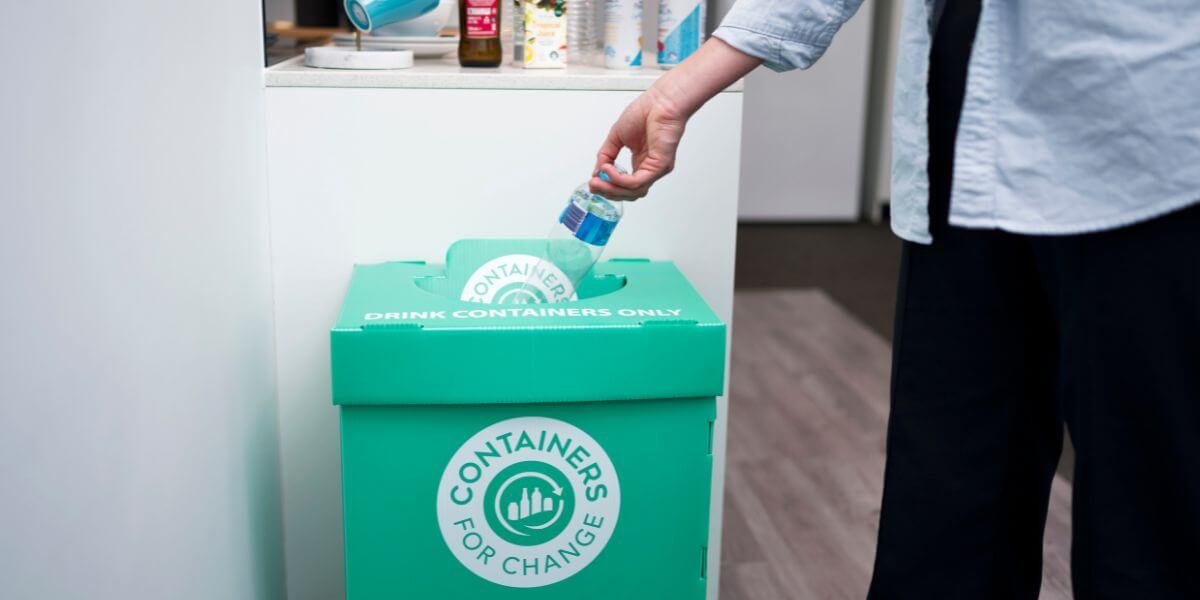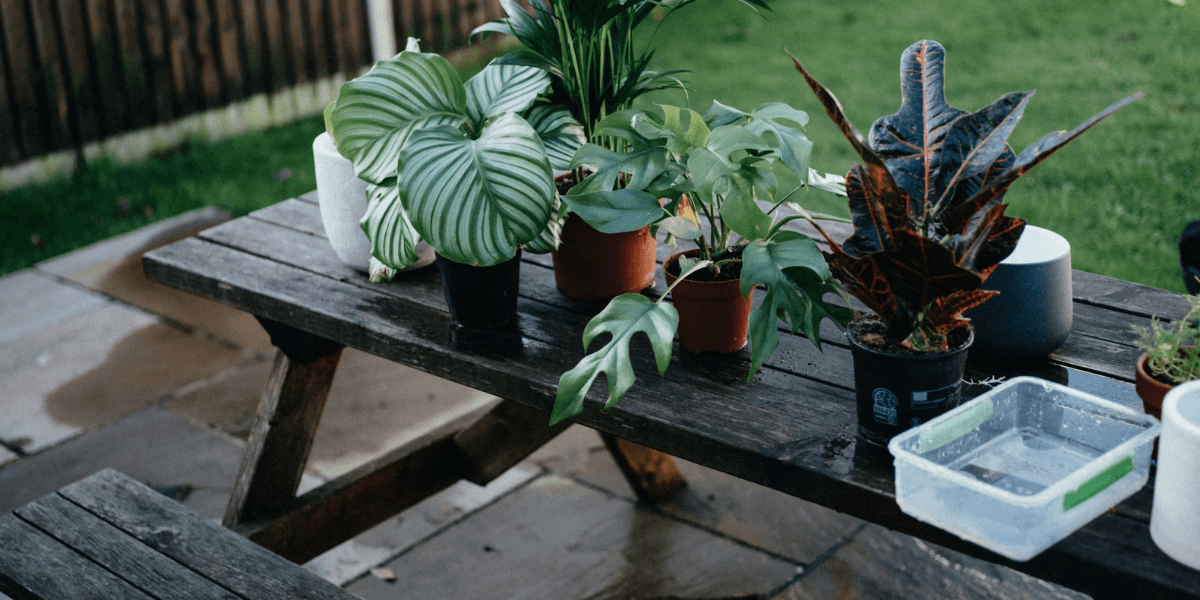REDUCE EMISSIONS, SUSTAINABLE LIVING
Sustainable living: First home hacks
Moving into my first home was an exciting milestone, but with it came a strong desire to live sustainably and reduce my carbon footprint. I wanted to make my new home not only eco-friendly but also efficient, saving money on bills in the long run. With a mortgage and rates to pay I explored some low-cost sustainable actions that were readily available and affordable for my budget!
Explore the local area
Hat and sunnies on, I explored the local area for cafes and shops within walking or cycling distance and tested walking to the shops for groceries. This not only reduces car emissions but also promotes a healthier lifestyle.
Benefits: Reduces carbon emissions, promotes physical activity, and supports local businesses.
Cost: Free!
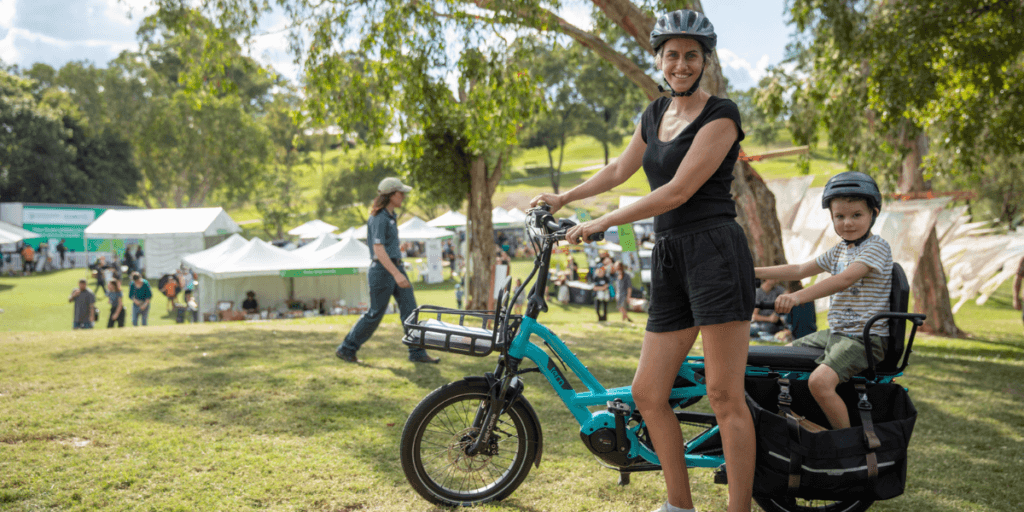
Create a recycling corner
Setting up a recycling corner was a game-changer for managing my waste. I have a waste bin, a recycling bin, a 10c bottles (Containers for Change) bin, a compost caddy, and a compost paper/cardboard bin. This setup makes it easy to sort and recycle different types of waste, reducing what goes to landfill.
Benefits: Encourages recycling and reduces landfill waste.
Cost: Free – $10, try repurposing existing bins or containers.
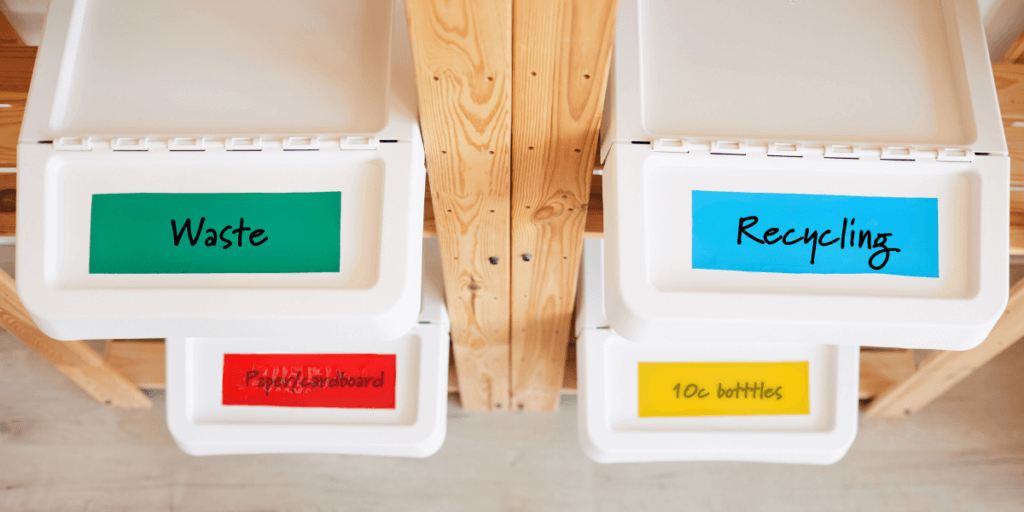
Install LED light bulbs
One of the first things I did was to replace the light bulbs in my home with LEDs. LEDs consume significantly less energy than traditional bulbs, reducing electricity usage and costs while also having a longer lifespan, meaning fewer replacements over time.
Benefits: Energy-efficient, long-lasting, and cost-saving on electricity bills.
Cost: Varies, ~$10 for a 2 pack from your local supermarket.
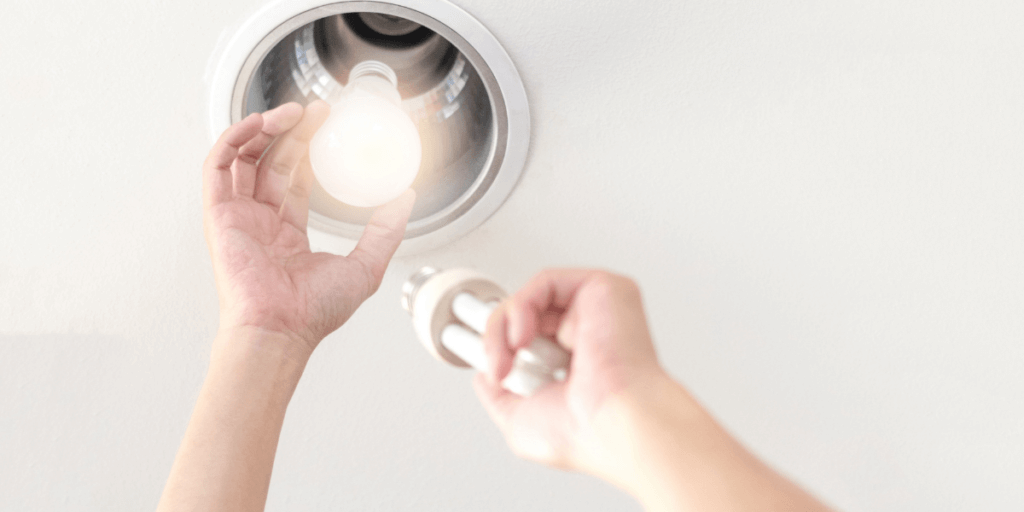
Upgrade to low-flow showerheads
Water conservation is crucial for sustainability, so I replaced the old showerheads with low-flow, 3-star WELS-rated fixtures. These showerheads use significantly less water without sacrificing water pressure, which helps reduce water bills and environmental impact.
Benefits: Reduced water usage means lower water bills, plus, less energy required to heat hot water.
Cost: Varies, prices start from $20 and go up depending on your preferences.
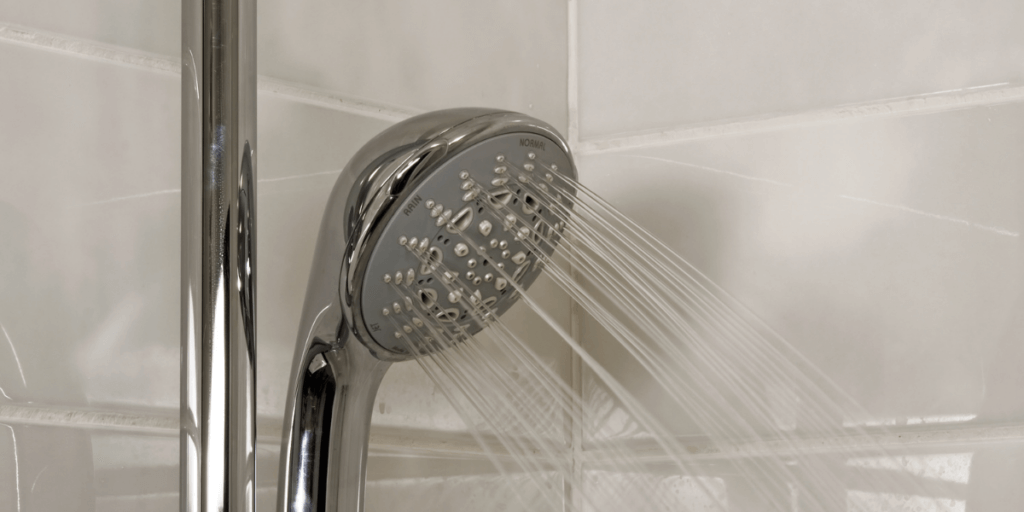
Start composting
To reduce food waste, I bought a compost bin, taking advantage of the Brisbane City Council rebate which gave me $100 off. Composting helps divert organic waste from landfills, reducing methane emissions and producing nutrient-rich compost for my garden.
Benefits: Reduces landfill waste, produces free compost, and supports garden health.
Cost: Prices start ~$50. If you live in Brisbane don’t forget to claim $100 off! For a cheaper option, explore a compost caddy, they start ~$10 and you can take your waste to any of the 26 Community compost hubs around Brisbane
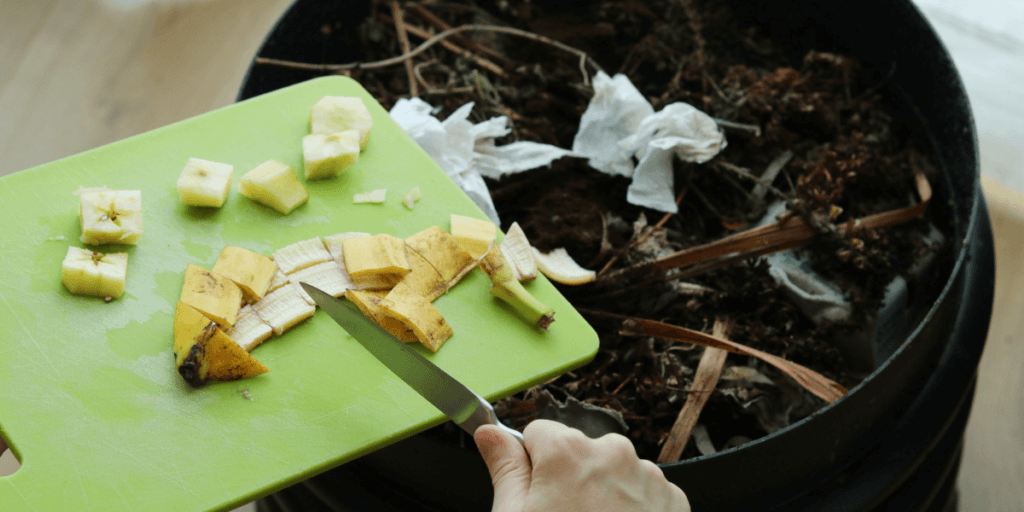
Set up solar lights
Hanging solar lights was both an efficiency and aesthetic decision! I hung solar lights on the back patio for lighting and placed a few solar stake lights out the front to light the entryway at night. These lights are powered by free, clean renewable energy from the sun, eliminating the need for grid electricity.
Benefits: Utilises renewable energy, reduces electricity usage, and is cost-effective.
Cost: Prices start from a few dollars for a path light and $10 for solar fairy lights.
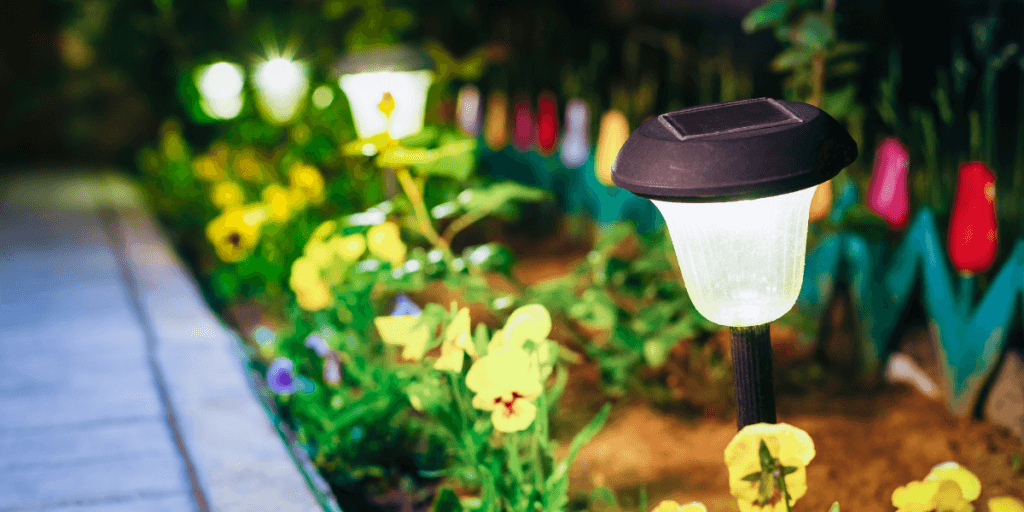
Use an indoor clothes-drying rack
Rain can make drying clothes outdoors a challenge, but instead of resorting to an energy-consuming dryer, I opted for a portable clothes drying rack to air-dry my clothes indoors when needed. Air-drying clothes not only saves energy but also extends the life of fabrics by preventing the wear and tear caused by machine drying.
Benefits: Reduces energy consumption, saves on electricity bills, and prolongs the lifespan of clothes.
Cost: Inexpensive and a one-time purchase, $15 upwards.
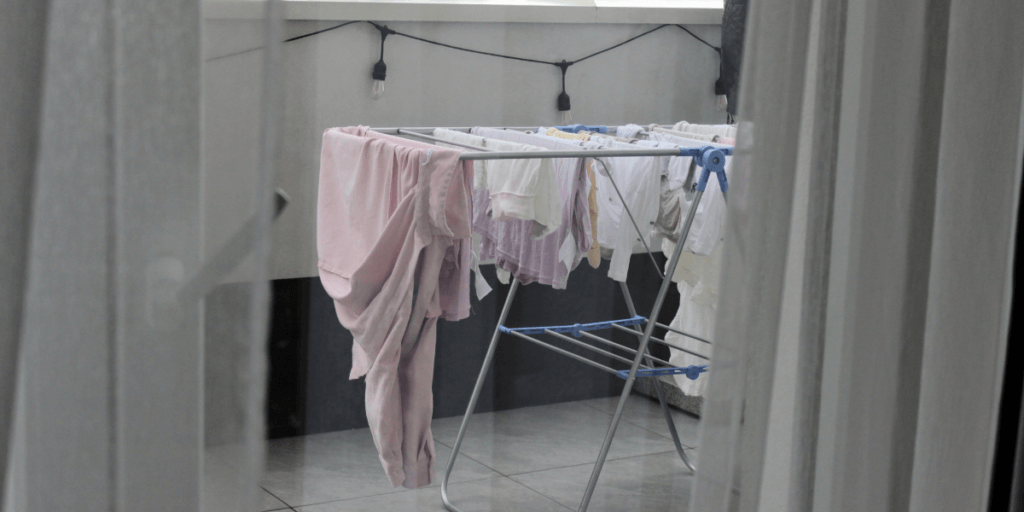
Create a veggie patch
Installing a veggie patch was not only a fun project but also a sustainable one. Growing my own produce means fewer trips to the store and less reliance on commercially grown vegetables, which often come with a higher carbon footprint. Plus, it’s a great spot for using the compost once it’s ready.
Benefits: Provides fresh, local produce, reduces your carbon footprint, and uses compost effectively.
Cost: Initial setup cost varies, you can buy garden beds ready to assemble or DIY build your own.
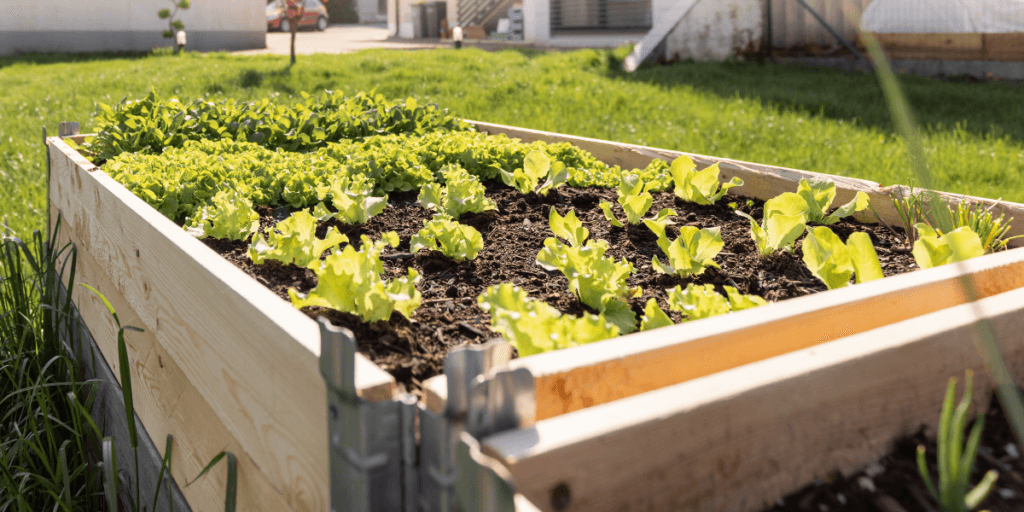
Buy a smart lighting plug
To monitor and control energy consumption, I installed a smart lighting plug, particularly for the power points used by the TV, speakers, Wi-Fi, and gaming console. This allows me to turn off devices when not in use and monitor my energy consumption.
Benefits: Helps reduce phantom energy usage, lowers electricity bills, and provides control over energy consumption.
Cost: Varies, depending on the brand and features, $15 upwards.
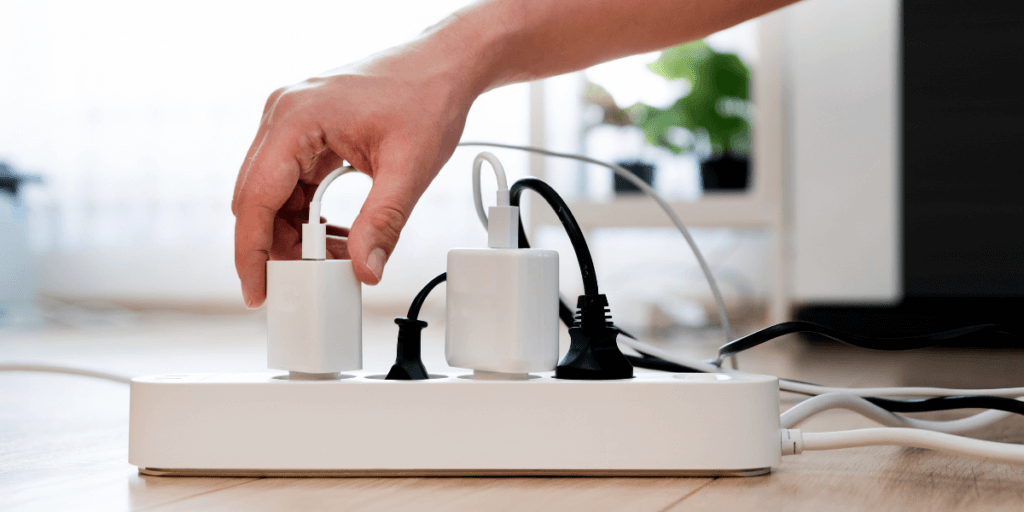
Taking these small but significant steps towards sustainable living has been incredibly rewarding. Not only have I managed to reduce my environmental impact, but I’ve also enjoyed the financial benefits of lower utility bills.
These actions are just the beginning. I’m working and saving towards a bigger goal of installing a solar PV system, and in the meantime, I’m exploring GreenPower for more sustainable energy use. No matter your lifestyle, budget or dwelling type, there are affordable and accessible options to explore.
Want more tips and support to live sustainably and save on bills?
Take the Brisbane Carbon Challenge to calculate your household carbon footprint from energy, transport and waste, and create your personalised low-carbon action plan. You’ll learn valuable tips to lower your emissions, suited to your home, lifestyle and budget.
The author

Amy Goodwin-Webster
Amy is a communications specialist at Brisbane Sustainability Agency and is passionate about supporting people to live mindfully of the environment and changing climate – all while constantly struggling to keep her plants alive.


